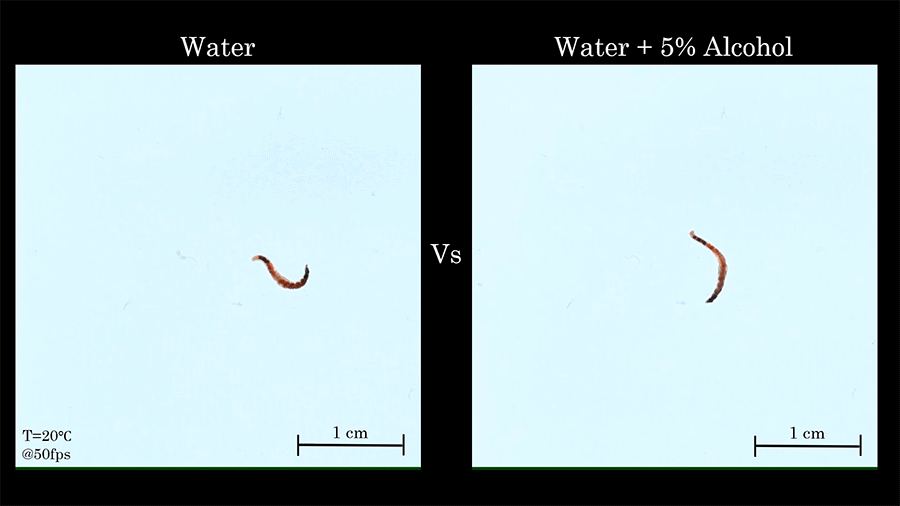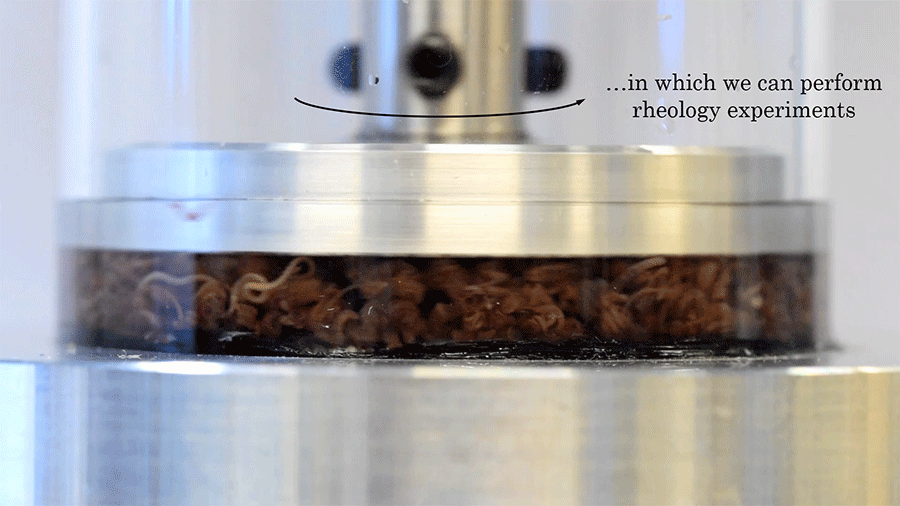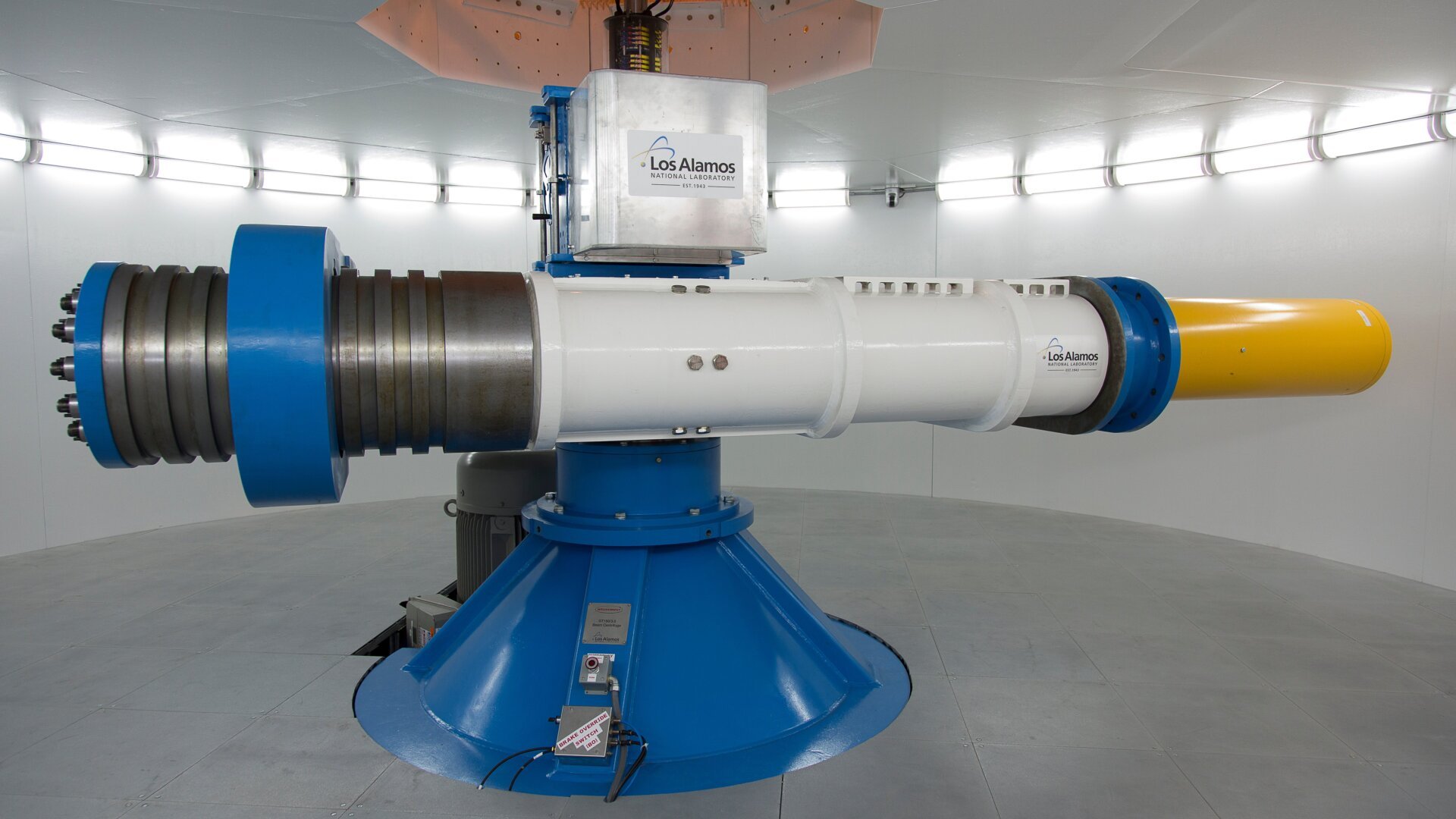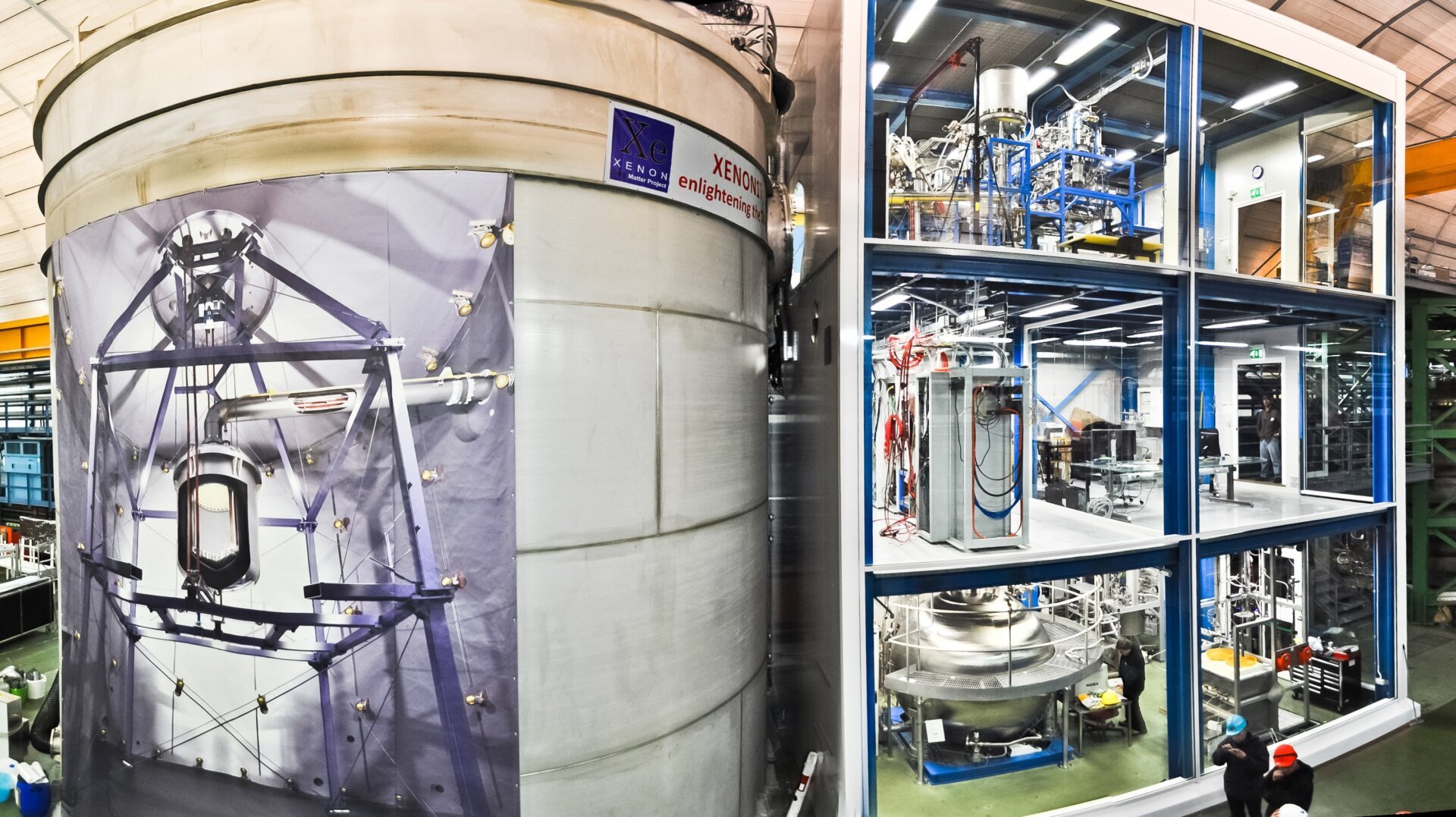Sludge worms, those wriggling creatures often found in murky water, may hold the key to understanding a complex scientific concept: active polymers. Researchers are exploring the potential of these humble worms, formally known as Tubifex tubifex, as a readily accessible model for studying the behavior of these dynamic systems. This innovative approach could revolutionize the field of “living polymers” and enhance our understanding of active filaments in biological systems.
Active Polymers: A Biological Puzzle
Active polymers are ubiquitous in the biological world, playing crucial roles at various scales. From the microscopic filaments within our cells to the flagella propelling sperm and bacteria, these self-propelled structures are essential for life. However, studying their physical properties, particularly their flow dynamics, has been challenging due to the limited availability of experimental models. This is where sludge worms enter the picture.
Sludge Worms as a Model System
Antoine Deblais, the lead author of a groundbreaking study from the University of Amsterdam, explained to maagx.com that sludge worms offer a unique opportunity to study active polymers. Unlike passive polymers like strings in a beaker, these worms possess individual motility, enabling researchers to observe their collective behavior in a fluid environment. Moreover, their affordability and availability make them an ideal experimental system.
 Sober worm versus drunk wormA comparison of sober and alcohol-affected worm movement. Gif: Antoine Deblais/Physical Review Letters/American Physical Society.
Sober worm versus drunk wormA comparison of sober and alcohol-affected worm movement. Gif: Antoine Deblais/Physical Review Letters/American Physical Society.
The Rheometer Experiment
To investigate the flow properties of sludge worms, Deblais and his team utilized a rheometer, a device that generates various flow patterns within a liquid. By observing the worms’ behavior under different conditions, they gained insights into the dynamics of active polymers.
Shear Thinning and Worm Behavior
The researchers found that when the worms’ activity was suppressed by alcohol or cold temperatures, the liquid exhibited shear thinning. This phenomenon occurs when the spinning action of the rheometer aligns the worms, reducing resistance to flow. However, when the worms regained their motility after being rinsed, the shear thinning effect diminished as their orientations became more randomized.
Future Implications
Worms in a rheometerSludge worms within the rheometer used in the experiment. Image: Antoine Deblais/Physical Review Letters/American Physical Society.
This study, published in Physical Review Letters, paves the way for further research into the fascinating world of active polymers. Deblais and his collaborators plan to replicate previous polymer experiments, incorporating the unique wriggling behavior of sludge worms to explore new dynamics.
Conclusion
By utilizing sludge worms as a model organism, scientists are gaining valuable insights into the complex behavior of active polymers. This research has the potential to unlock a deeper understanding of biological systems and advance the burgeoning field of living polymers. The unexpected role of these humble worms highlights the importance of creative approaches in scientific discovery.











